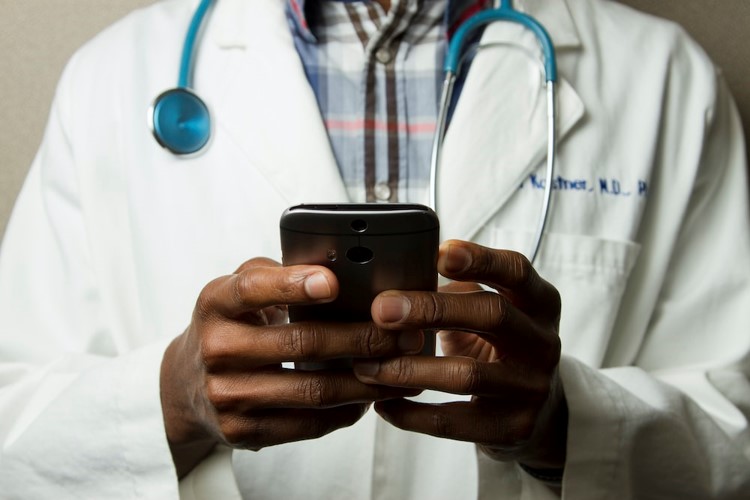The healthy business of becoming an influencer
Influencer marketing has become one of the most popular forms of online marketing, with the industry expected to be worth a whopping $16.4 billion this year, compared with $9.7 billion in 2020. Lizzie Eckardt, Incite’s Global Head of Health, reflects on how influencers are impacting the health industry and shares top tips to ensure brands are reaching and engaging their audiences meaningfully.
A recent, poignant example of the power of influencer marketing in the UK is Deborah James, aka @bowelbabe, who bravely took us on her bowel cancer journey. She had over one million followers on Instagram and arguably did more to raise awareness and increase testing rates than any public health campaign could have achieved. In this instance, social provided Deborah with the platform to tell her story and helped us to identify with her as a real person with a family, job and a life that looks very like our own.
Other prominent examples of influencer marketing include Davina McCall, helping to bring menopause to the top of the women’s health agenda; Gareth Thomas, helping to reduce the stigma associated with HIV; Prince Harry, Adele and many more who are helping in the area of mental health to make people comfortable with the idea ‘it’s okay not to be okay.’ In industry terms, these celebrity endorsers are known as macro-influencers: those with broad reach and relevance.
A growing trend within the health industry is micro-influencers. They have fewer followers compared to macro-influencers but their audiences are more engaged and are more likely to take action. @haidynshope is an example of a mother using Instagram to raise awareness of her daughter’s very rare condition (San Filippo Syndrome). Micro-influencers tend to be very passionate and expert, which makes them authentic as well as credible and trustworthy. In health, Key Opinion Leaders (KOLs) are learning the power of social to raise awareness of diseases, trails, access challenges and many support issues.
A recent report by Matter Communications noted that consumers are more likely to trust recommendations from a social media influencer (61%) compared to brand-owned channels (38%). Having been close to someone living with two rare conditions for some time, it really highlighted to me how important it is to be able to identify trustworthy sources and avoid the dreaded ‘Dr Google.’

Pharma is waking up quickly to the role that social influencers can play, but are they and companies across other sectors collaborating effectively? Here are some top tricks about how to best work with influencers….
Relevance
- Identify influencers that share content relevant to your business and industry. They need to have an audience that aligns with your target audience.
- Identify influencers that best fit the brand’s personality and purpose – often a celebrity may not be the best fit! It could be an expert or a ‘normal’ person with powerful a story to tell.
Reach
- Determine the number of people you could potentially reach through the influencer’s follower base.
Leverage a mix of different platforms as different demographics interact with social media sites differently
Resonance
- Consider the potential level of engagement the influencer can create with an audience relevant to your brand
- Think of an influencer relationship as a long term partnership, not a short term solution, so engagement is built over time
In conclusion, companies shouldn’t rely solely on their owned and traditional media channels. Working with influencers allows brands to be more human, accessible and visible, embrace the art of storytelling, and, perhaps most importantly, be with their audiences in their natural habitats.
MRS Healthcare Research Award 2022 Finalist
Read about our work with Gilead to reinvigorate a heritage brand. Winners will be announced in December.




